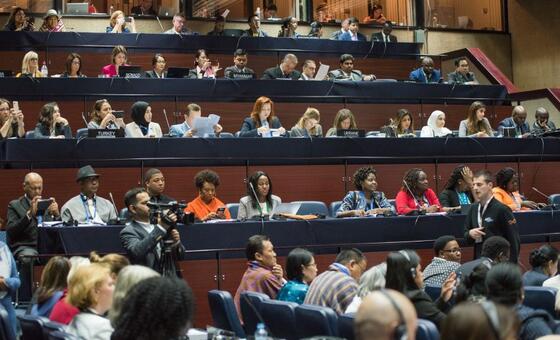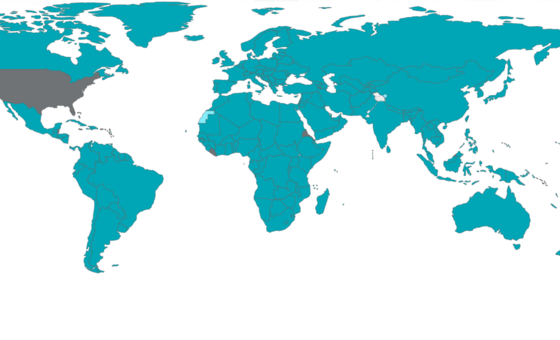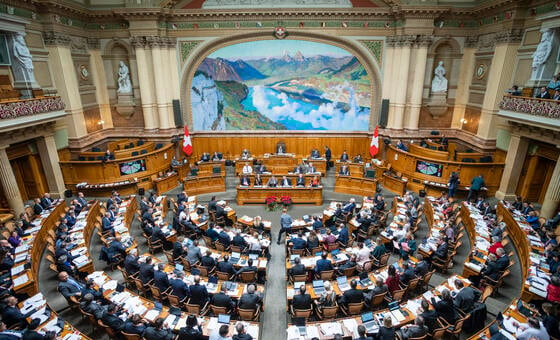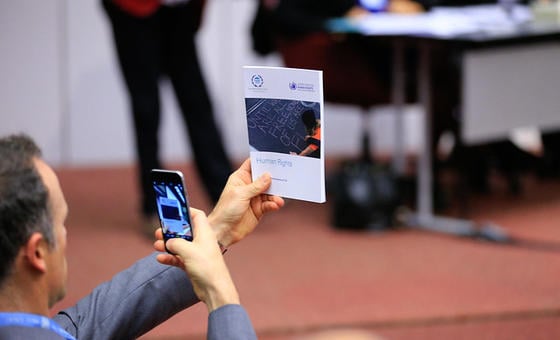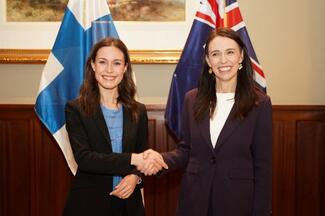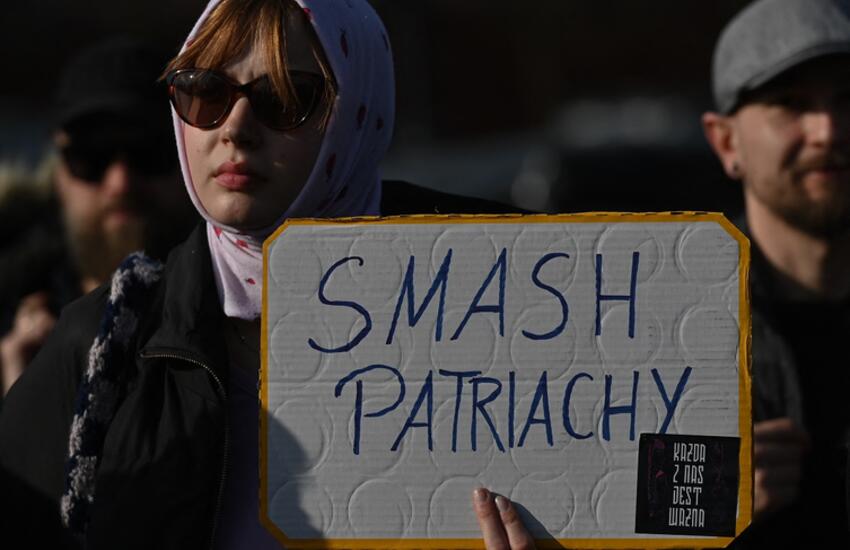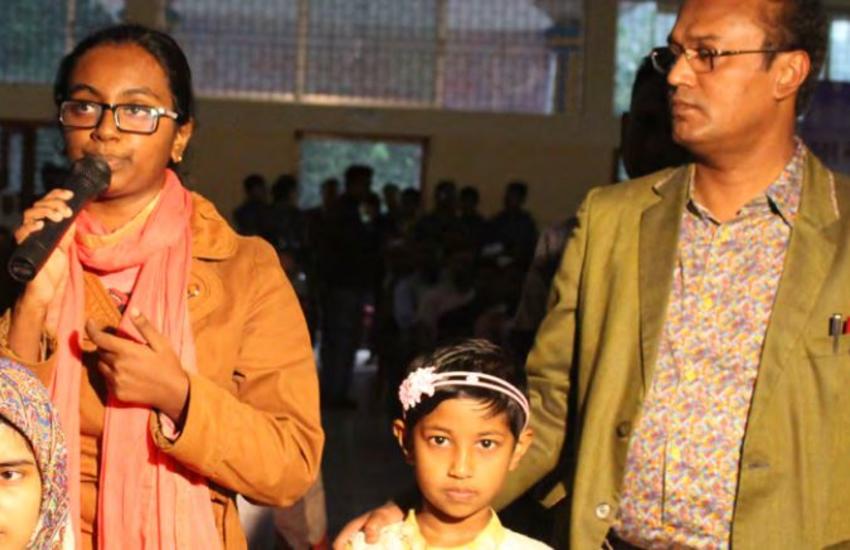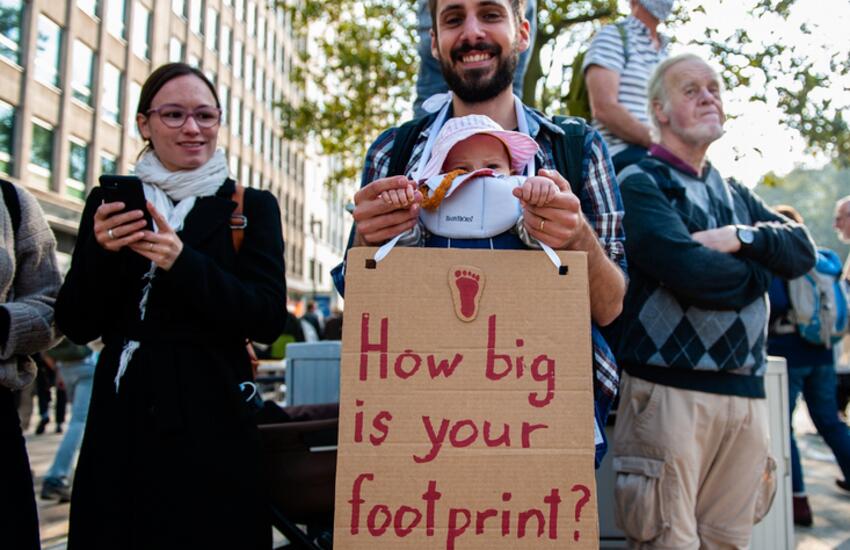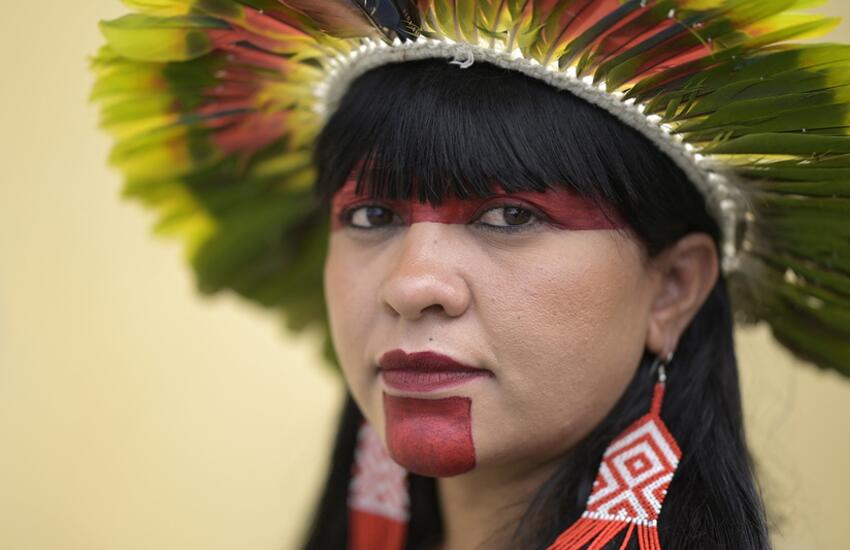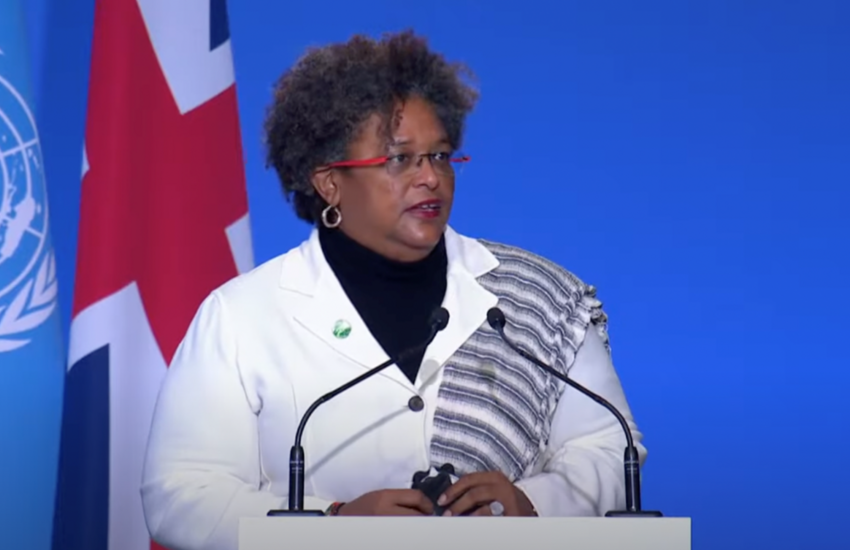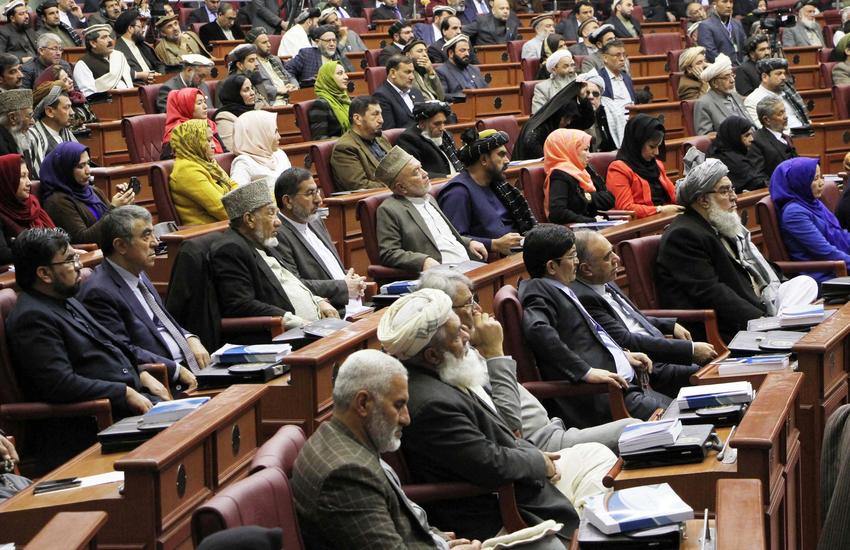2022 was a turbulent year as the world felt the impacts of climate change and a new war in Europe with global repercussions, including a sharp spike in energy and food costs.
Nevertheless, democracy pressed on, with scores of elections reshaping the future for millions of people worldwide.
This year looks set to be just as dynamic with some 70 elections scheduled according to Parline, the IPU’s open data platform on parliaments.
Over the next 12 months, the IPU will chart the progress of those elections, especially with regard to the inclusion and representation of women and youth.
Women’s progress
Progress towards gender parity in parliaments is slow but steady. By December 2022, women accounted for 26.4% of MPs worldwide – up from 26.1% in January. Will we see a further rise after elections in 2023?
Here are some countries which may help tilt the gender balance:
Finland: 2 April
Finland impressively waves the flag for both gender parity (45.5% of MPs are women) and youth participation (45% of MPs are under 45), embodied simultaneously in its current Prime Minister, Sanna Marin, who broke records in 2019 to become the world’s youngest PM at just 34 years old.
During her tenure as Finland’s fourth female PM she has dealt with the COVID-19 pandemic, along with a complete reversal of previous foreign policy, culminating in Finland’s application to join NATO. Weathering a significant amount of sexism, Marin has been publicly supported by many other politicians around the world.
New Zealand: 14 October
The shock resignation of Jacinda Ardern at the start of 2023 comes at the end of another remarkable tenure for a female PM. Ardern became the second PM in history to have a baby while in office (Pakistan’s Benazir Bhutto was the first in 1990), announcing her pregnancy just three months into the job.
But her legacy is more impactful than this. Following the mosque shootings in Christchurch in 2019, she spearheaded reform to the country’s gun laws. During the COVID-19 pandemic her swift closure of borders led to the lowest death rate among all high-income countries.
And by the end of 2022, women in parliament outnumbered men for the first time in New Zealand’s parliamentary history.
Sierra Leone: 24 June
Although women MPs make up only 12.33% of the current chamber, that will change at the next election thanks to the recently passed Gender Equality and Women’s Empowerment Act, which calls for a quota of least 30% of MPs to be women.
Timor-Leste: 31 May
The adoption of progressive quotas for women in parliament has seen the proportion of women MPs in Timor-Leste rise to 40%. Breakthrough legislation in 2016 required a female candidate to stand in every election for village chief throughout the archipelago nation and this grassroots approach has paid dividends.
Türkiye: 18 June
While Türkiye’s levels of representation for women (17.41%) and youth (14.83% under 40) are not the highest in the world, the 2023 election in this strategically critical country is widely considered one to watch.
United Arab Emirates: 31 October
The UAE achieved its first gender-equal parliament in 2019 after the President called for Emirati women to occupy 50% of the seats on the National Federal Council. Its Gender Balance Council has a remit to reduce the gender gap across all sectors. The UAE also scores well on youth, with 25% of its MPs under 40.
In search of youth
The IPU’s current data highlights the continuing challenge of the representation of youth in politics, with the global tally of MPs under 30 at only 2.6%. While Nordic countries lead the way with 7.5% of seats taken by under 30s, in other regions – such as West Africa – youth representation is still lagging. Here are two elections to watch in 2023:
Benin: 8 January
In Benin, in the outgoing Parliament, there are no MPs under 30. However, this may change following the elections just held. Although the IPU has not yet received the age statistics, there has been a sharp increase in the proportion of women MPs, up from 7.4% to 25.7%. This is thanks to the application of a new quota law, the development of which was supported by the IPU.
This encouraging result is likely to imply a younger chamber. IPU data has already revealed that the older the members of parliament, the fewer women MPs in the chamber and vice-versa.
Nigeria: 23 February
With an estimated 70% of Nigeria’s huge population of 213 million people under 30, this is an election to watch. However, despite its youthful population, Nigeria has no MPs under 30. This is no surprise when you consider that a candidate has to be 30 years old to be eligible to run for parliament.
However, the youth movement in Nigeria has made huge strides with new ‘Not too young to run’ laws passed whose dividends should emerge in the near future.
Hope in adversity
While the dramatic events of 2022 threw much of the world into crisis and disarray, it is encouraging to see that women’s representation continued to grow, albeit sluggishly. There is every reason to hope that 2023 will continue this trend across both gender parity and youth participation.

